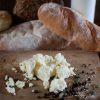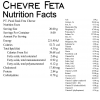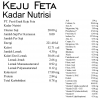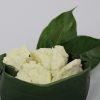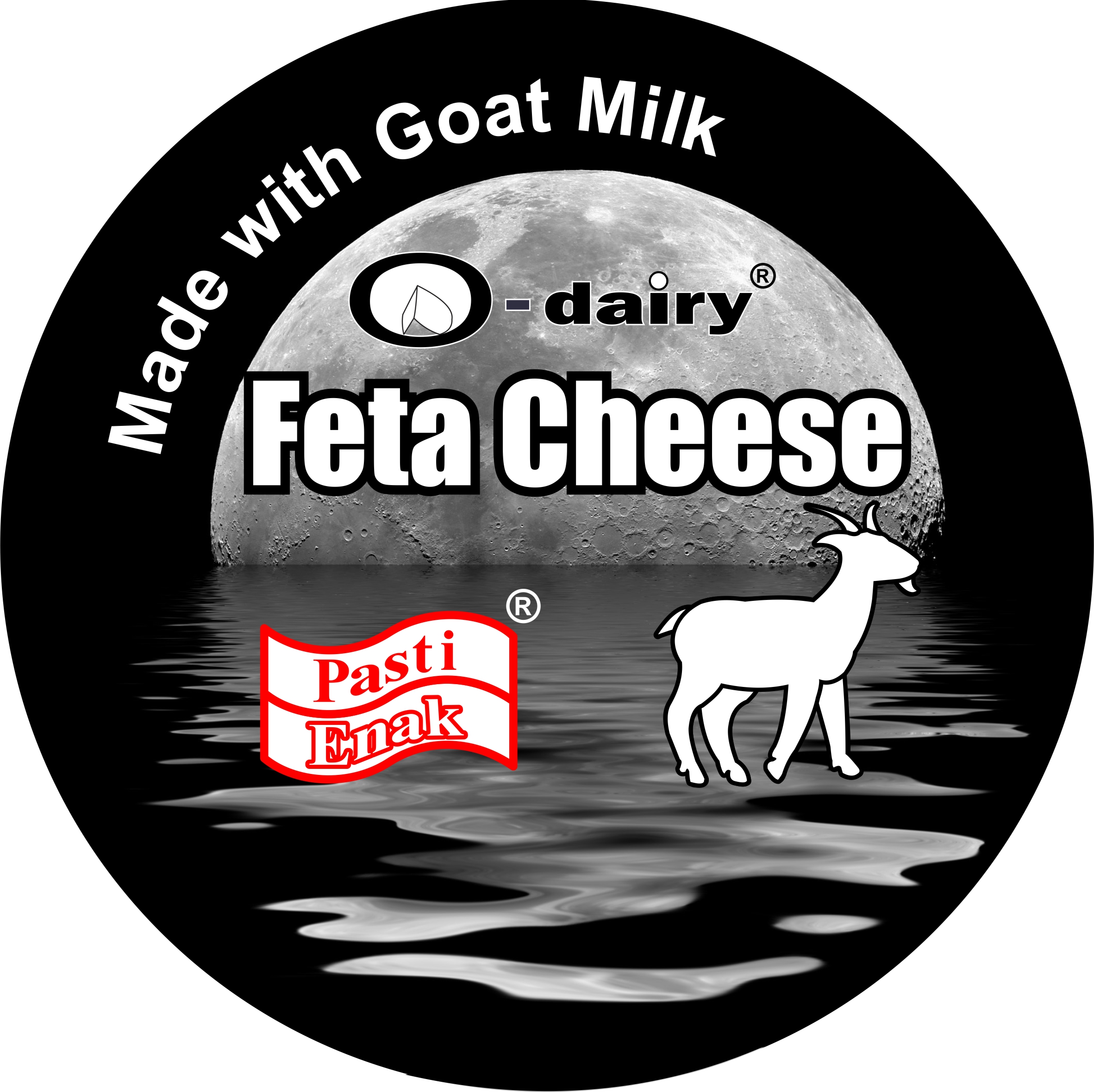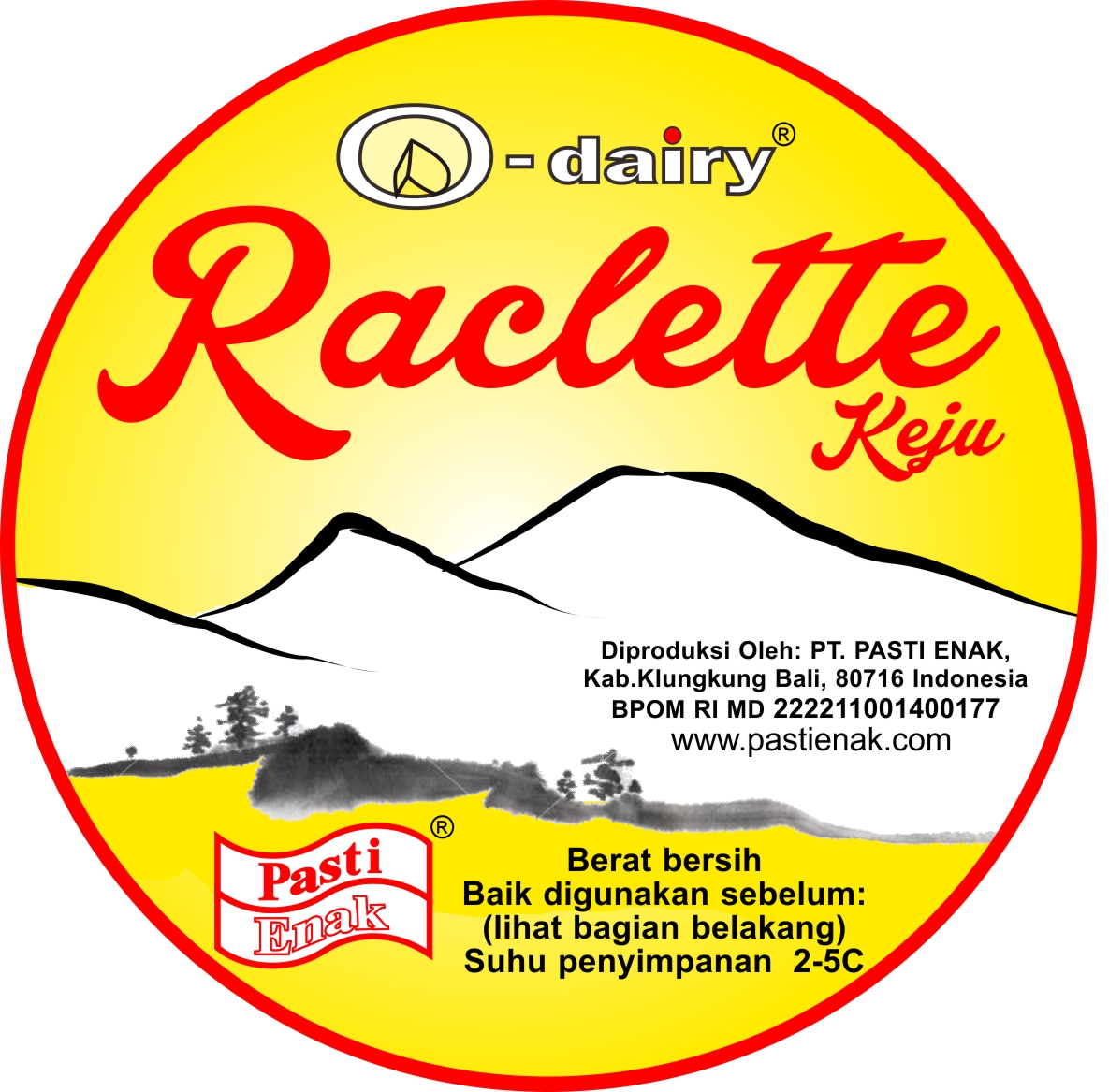
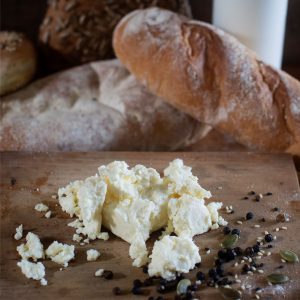
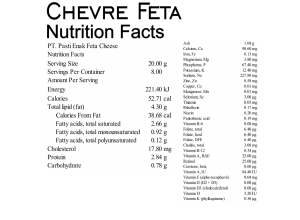
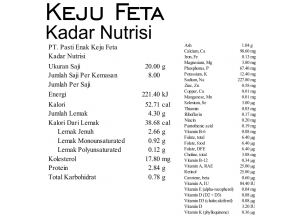

Feta Cow 225 g
Original price was: Rp89,800.Rp77,800Current price is: Rp77,800.
A brined white cheese known for its crumbly texture and tangy, salty flavor.
Feta Cheese is a white brine cheese with a tangy flavor and rich taste. This national cheese of Greece can be hard or soft, creamy or crumbly depending on the cheesemaker’s style.
PT. Pasti Enak® produces 2 main types of Feta, 100% Goat Milk and 100% Cow Milk. Both types of Feta is available in a hot smoked version.
O-dairy® Feta cheese is a brined cheese traditionally produced under different names in the Balkan countries of Southeast Europe. This region takes its name from the Balkan Mountains which hold lush fields that are home to Sheep, Goats, and Cows. Traditional animal herding in the Balkans is performed with Sheep and Goats although there are now dairy farms with cows in the area. From Serbia and Bulgarian border to Southern Greece and Turkey brined cheese are a staple of the area’s cuisine and as diverse as the varied climatic conditions of the area.
We produce our Feta Cheeses in traditional methods developed in Greece. Made in our facility in Bali Indonesia these are Indonesian Feta Cheeses. Our use of the name Feta is utilized as a general cheese style in homage to the masters that have perfected the production of Authentic Greek Feta PDO (Protected Designation Origin). Although we have adopted a few minor changes to the traditional methods of production we continue to practice an art that is very close to the traditions of Baltic Cheese Making.
In the production of Feta cheese, milk is pasteurized, tested, and filtered before being inoculated with special cheese-making bacteria. The inoculated milk is then coagulated and cut. Once cut the coagulated milk or coagulum will separate into curds and whey. While the whey is strained away the curds are collected and packed into molds.
Aged Feta
Pasti Enak Feta is barrel-aged for a minimum of 2 months before being packed in brine for its final months of aging. On average our Feta Cheeses are aged for 4 months before being ready for sale.
History of Feta
It is said that the Greek god Apollo sent his son Aristaeus to teach the ancient Greeks the art of cheese making. Homer refers to Cheese Making by the Cyclops Polyphemous in the famous book the Odyssey. In the Odyssey Odysseus enters Polyphemus’s cave and finds racks of cheese and lots of sheep and goats. Although the Odyssey is considered to be a mixture of fictional and non-fictional charters this reference from the late 8th century is proof of aged cheese being made in Greece for a very long time.
Types of Feta
There are countless types of brined cheeses made in the Balkans, North Africa and around the world. A few of the most popular brined cheeses from the Balkan region that are in the same family as Feta Cheese include.
Sfela cheese – Semi-hard rind less cheese originating in Southern Greece, specifically from the Peloponnese peninsula.
Batzos cheese – Semi-hard to hard low-fat brined cheese. Originating from Western and Central Macedonia and Thessalia.
Kalathaki Limnou cheese – Cylindrically shaped soft brined cheese. This Cheese gets its name from the small baskets “Kalathaki” that are traditionally used in the production of this cheese.
Telemes (Telemea) cheese – Soft rindless brined cheese originating from Romania. Known to be more acidic and intensely flavored than most Fetas’ Telemes is often crumbly and harder than other brined cheeses. Made from a mixture of milks or often just from cow milk. Telemes often has a slightly cream color from the cow milk used.
Bjalo Salamureno Sirene – This popular Bulgarian Cheese Sirene is a semi-hard brined cheese with a smooth texture.
Belir Sir U Kriškama – A Serbian white cheese originating from the former country of Yugoslavia where it was produced under the names Srpski, Travnički, and Sremski.
Beyaz Peynir – Beyaz Cheese is the most popular Peynir (Cheese) in Turkey accounting for 60% of all of the cheese produced in the country. Throughout Turkey, different types of Brined Peynir are made including Civi, Orgu, Malatya, Urfa, Mihalic, and Hellim which is closer to Halloumi than Feta.
Cooking with Feta
Feta utilizes salt as a preservative and for this reason, the cheese has a higher salt content than most cheeses. To reduce the saltiness of Feta the cheese may be cut into cubes and soaked in pure water for a couple of hours before use. The salt will make its way out of the feta and into the water thus reducing the level of saltiness in the cheese.
Contact PT. Pasti Enak WhatsApp Text +62 812-3901-7428 Email: sales@pastienak.com Contact Form
| Weight | 225 g |
|---|---|
| Dimensions | 9 × 6 × 4 cm |

